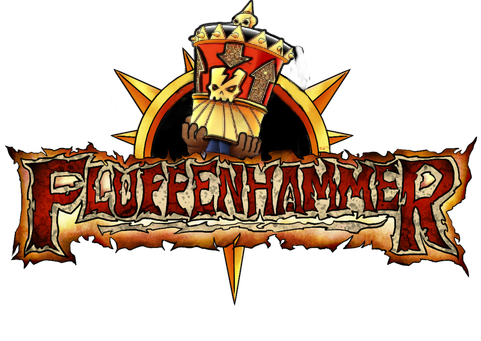NECROPOLIS 28: DIGGING WITH THE DEAD
I do love me a skirmish game, and in fact, I would go on record to say I prefer Skirmish level games to the rank and file or mass-combat systems. One part of the joy of modern Skirmish games is discovering these smaller, self published creations that people pour their soul* into.
Necropolis is one such creation, and it is exactly my kind of world and setting. A world of Undead who battle for territory, resources or just plain simple power. A moody, gothic Endless City sets the scene, and the game pushes for an evolution of the DIY minis and heavy storytelling focus that Mordhiem, Frostgrave or Turnip28 .
Credit: Peter Vigors (@Owlshield)
Currently, the rulebook stands at 42 pages and is a work of absolute beauty. Written and devolped by Peter Vigors (@Owlshield), it holds more than a ring* of Mordhiem with some stunning art by Martin McCoy (@Martin_Mccoy) and flavour texts that embodies the feel of The Endless City perfectly.
Credit: Martin McCoy (@Martin_Mccoy)
As any good skirmish game must, Necropolis has the players in control of warbands named "Gatherings" which include a Lich or a Revenant filling the Leader role as a Wizard or a Warrior. Each Leader character is given a term to determine it's and it's minions abilities. These are Blood, Bone or Plasm, and it us to the player on how to model these terms on the tabletop. Bone can be a skeleton, or a golem made of of screaming skulls from a plague pit. Blood could be anything from a vampire to sentient visceral puddles. Plasm allows for all sorts of fun ghostly creations, and within those concepts these can be Small Beast to Gigantic Horror sized, opening the door for all sorts of fun personalised miniature conversions. Once you have your Gathering, it's time to open up the purses to count the Obols (the currency of Necropolis) to buy more minions or armour and weapons before setting off, bound* for gory.
ahem. Glory.
Credit: Peter Vigors (@Owlshield) minatures by @Blightbones
Games are played on a 16" by 16" board using D10's and token for objectives and mana. A big part of the game is designing and building the board as complex or simple as you wish. Throughout the book, the board is described as "diorama", a wonderful choice of words that gets across the poetry of the game itself. It is as much a part of the game as the Gathering or the rulebook.
The core* of the game involves players taking turns to activate models, with each character having two action points for battles, moving or grabbing relics. The D10 system flows extremely well with glancing blows dealing smaller amounts of damage whilst Hits breaks bones and smash faces. Each Leader has "mana dice" that have different effect and magics depending on the keyword the player chose at the point of creation. Each scenario has victory conditions that range from* killing a chosen character to steaking relics from under the nose* of your enemy.
Credit: Peter Vigors (@Owlshield)
The Campaign uses Ambitions as it's framework, choosing the goals the leader of your Gathering holds close which develops throughout the campaign. The player picks four Ambitions at the start of the campaign that revolve around the exploration of the Endless City, or the building of power that once fulfilled at the end of a game rewards the Gathering with cold hard cash, skill improvement of more magics with which to make mayhem.
In short, it's a system I've really enjoyed getting to grips with, and one I have high hopes for going forward.
Watch this (dead) space….
——————————————————
*Dark or Otherwise
*Elden or otherwise
*Blood or otherwise
*........armoured or....actually this joke has run it's course now.
*Software or otherwise. Managed one more. Go Me.
*Not to be noseist. Skeletons may take offence.





